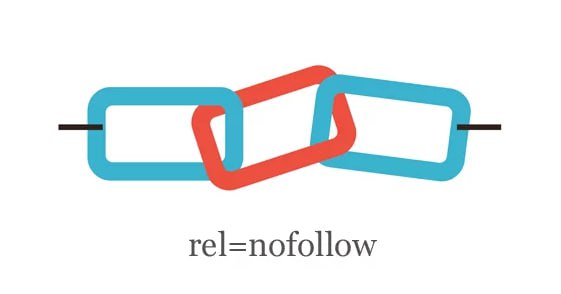In the vast and intricate web of the internet, search engines like Google rely on a multitude of factors to determine the relevance and authority of web pages. Among these factors, one crucial element that plays a pivotal role in the world of SEO is the “nofollow tag.” In this comprehensive guide, we will delve deep into the intricacies of the “nofollow tag” and how it can be harnessed to enhance your website’s SEO performance, ultimately helping you outrank your competitors in the digital landscape.

Understanding the Nofollow Tag
The “nofollow tag” is an HTML attribute that is added to a hyperlink to instruct search engines not to follow or crawl that particular link. When a search engine encounters a link with the “nofollow” attribute, it essentially acknowledges the link’s existence but abstains from considering it when calculating ranking and authority metrics. This attribute was introduced to combat spammy backlink practices and maintain the integrity of search engine results.
When to Use the Nofollow Tag
Now that we have a basic understanding of what the “nofollow tag” is, it’s essential to know when and why you should use it in your SEO strategy. Here are some scenarios where implementing the “nofollow” attribute can be beneficial:
- User-generated Content
If your website allows user-generated content, such as comments on blog posts or forum discussions, using the “nofollow” attribute on user-generated links can help prevent spammy links from negatively impacting your SEO efforts. It ensures that search engines won’t pass any authority to potentially harmful or irrelevant websites linked in user comments. - Sponsored and Paid Links
When your website includes sponsored or paid content, using the “nofollow” attribute is crucial to comply with search engine guidelines. Failure to do so may result in penalties. By marking sponsored links as “nofollow,” you maintain transparency and integrity in your SEO strategy. - Untrusted Content
In cases where you’re linking to content or websites that you don’t completely trust or endorse, it’s wise to add the “nofollow” attribute. This prevents your website from unintentionally vouching for the credibility of the linked content.
Benefits of Using Nofollow Tags
Incorporating the “nofollow tag” into your SEO strategy offers several advantages:
- Enhanced SEO Strategy
By judiciously using the “nofollow” attribute, you can guide search engines to focus on the most critical pages of your website. This concentration of link authority can improve the ranking of your core content. - Protection Against Penalties
Search engines like Google have strict guidelines regarding link schemes and manipulative practices. Utilizing the “nofollow tag” in the appropriate situations safeguards your website from potential penalties, ensuring it maintains a clean SEO profile. - Improved User Experience
Implementing “nofollow” on user-generated content discourages spam and promotes a positive user experience on your website. Visitors are more likely to engage with your content when they trust that your site is spam-free.
In Conclusion
The “nofollow tag” is a valuable tool in your SEO arsenal, allowing you to shape how search engines perceive and rank your website’s links. By using it judiciously, you can protect your site from penalties, maintain a positive user experience, and guide search engines to prioritize your most important content. Incorporate “nofollow” where it matters, and watch your website’s SEO performance soar.
